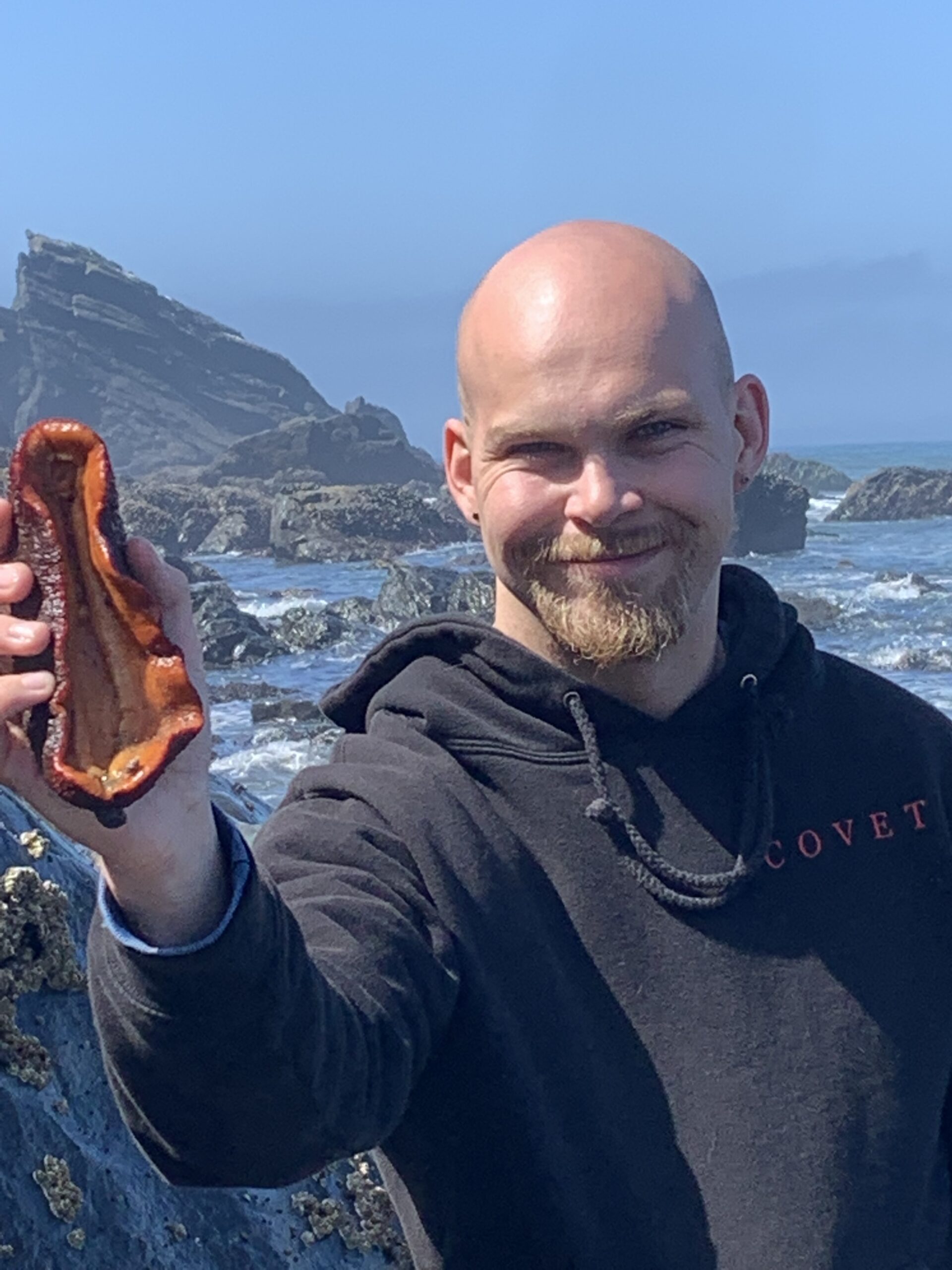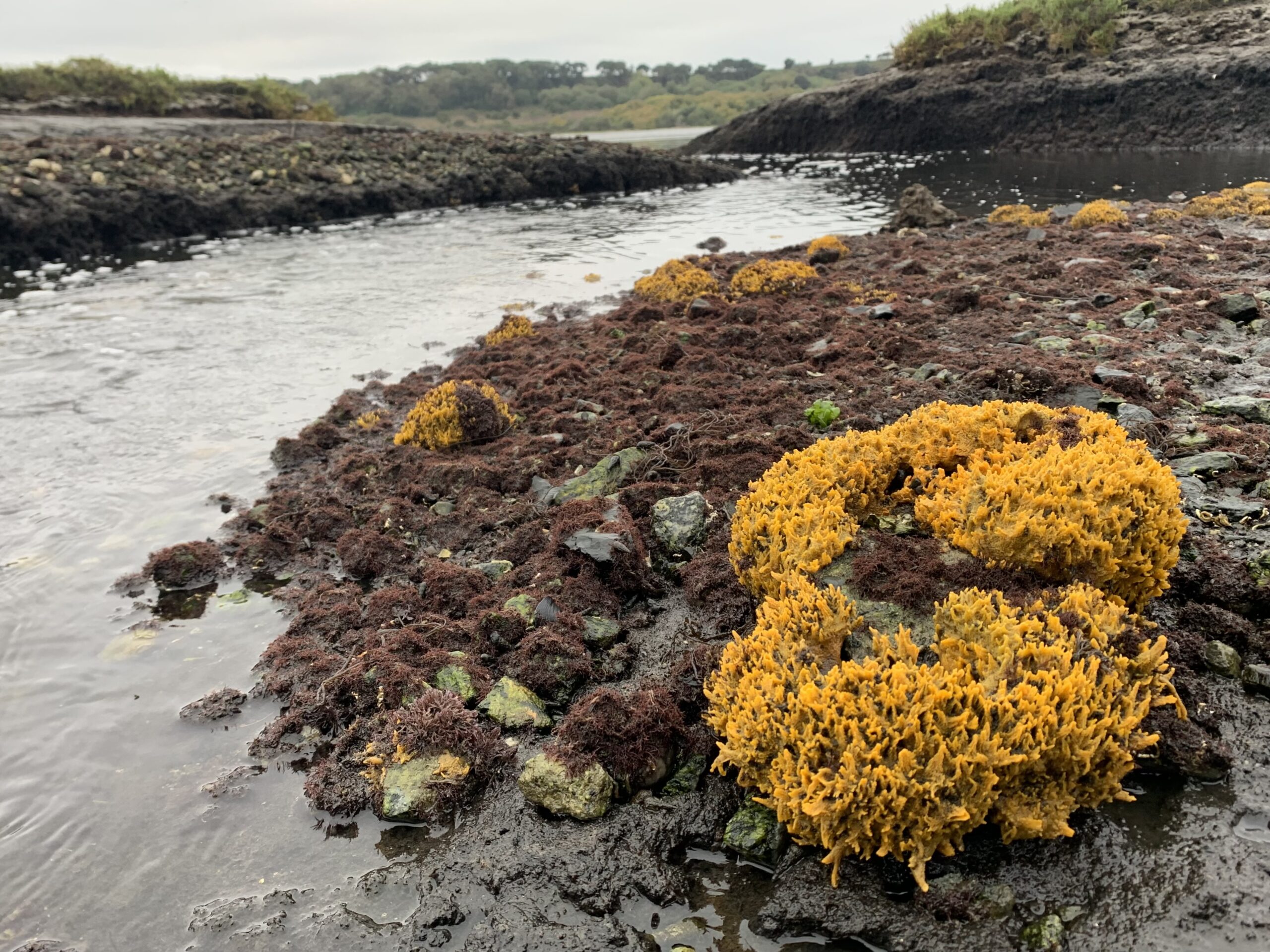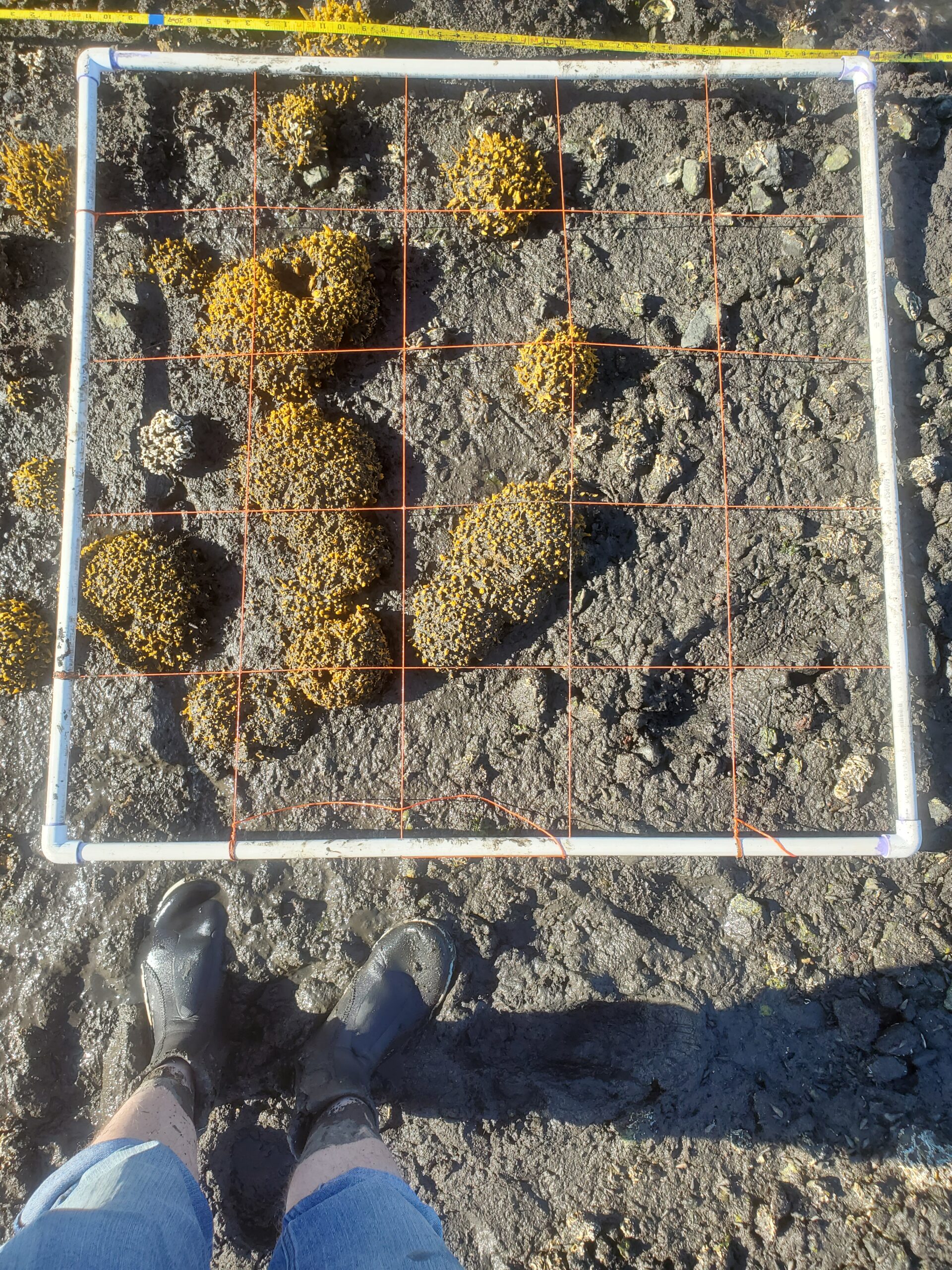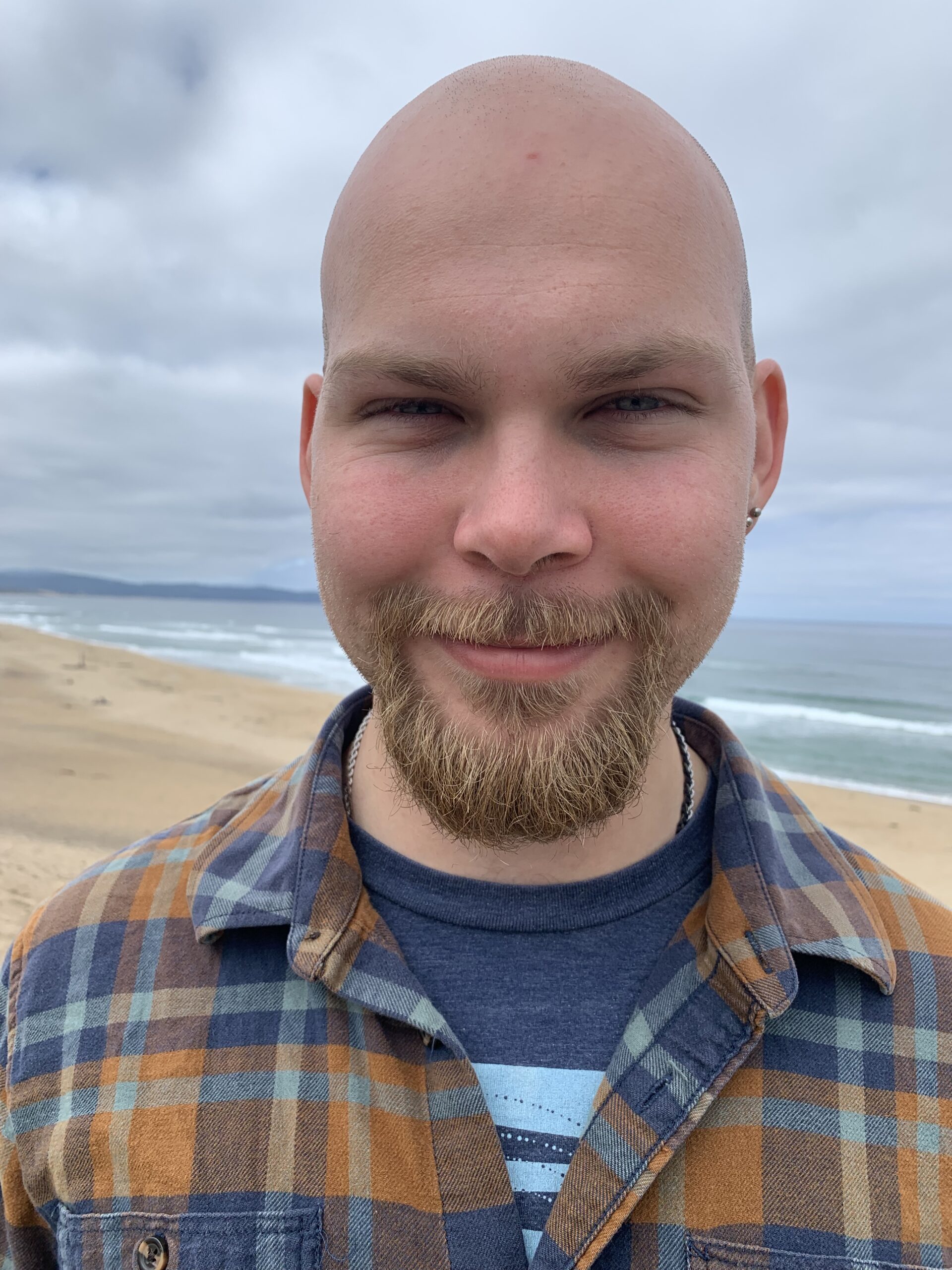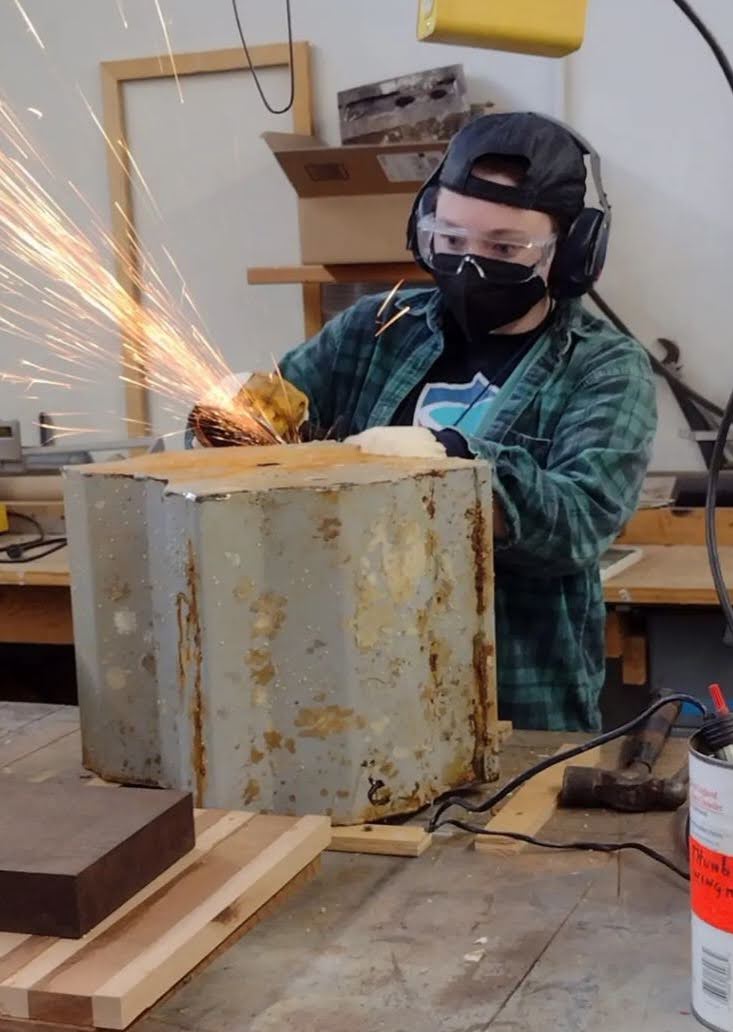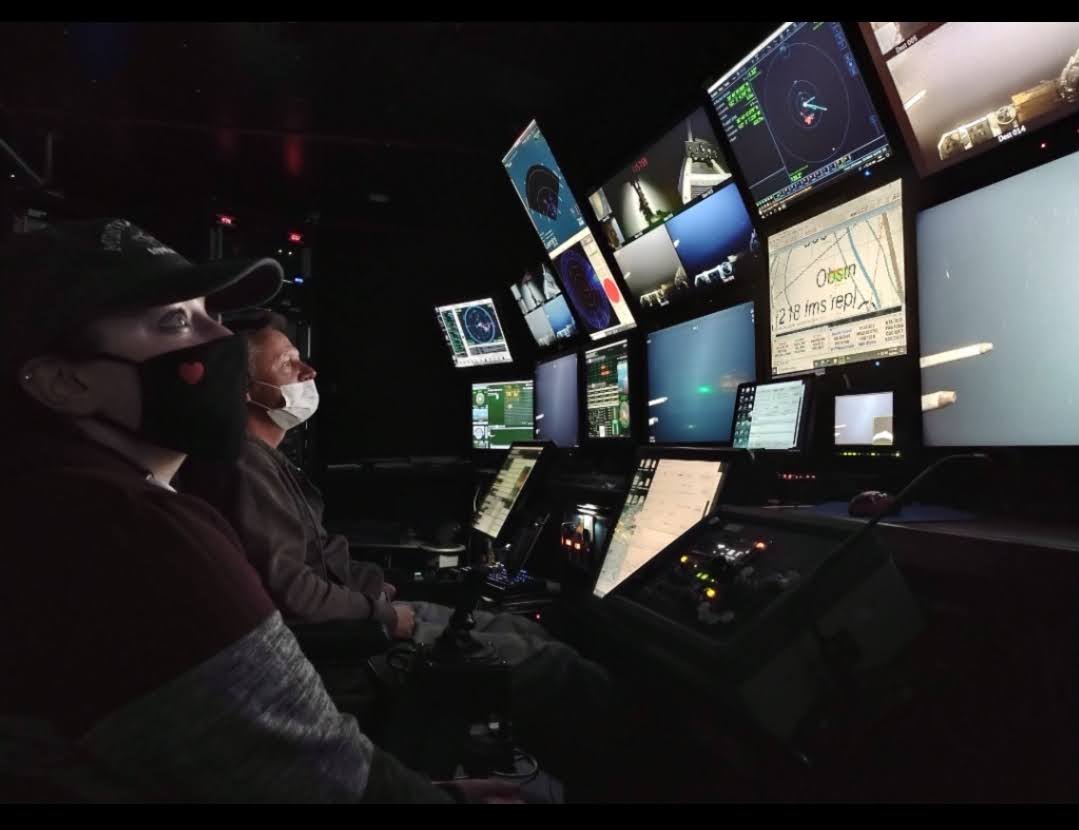"Seasonal dynamics of the introduced sponge Hymeniacidon perlevis in the Elkhorn Slough, California, USA"
A Thesis Defense by Jackson Hoeke
Zoom | Live-Stream | December 15th, 2023 at 12:00 pm PDT
Abstract
Hymeniacidon perlevis is a cosmopolitan non-native sponge with a seasonal life cycle that has been introduced to the Elkhorn Slough in central California, USA. This study investigated seasonal and interannual dynamics of H. perlevis in Elkhorn Slough estuary, explored correlations between sponge cover and environmental conditions, and estimated how the potential scale of change H. perlevis has on its environment could vary across its seasonal life cycle. Successful recruitment is currently restricted to the upper estuary and while it varies annually, the frequency and density of sponge recruits have generally increased over time from 2007 to 2023. Prior observations have recorded seasonal patterns in other populations, and data from this study in Elkhorn Slough demonstrates a seasonal pattern variation with sponge cover peaking in October and declining to a minimum from March to May. Time-lagged Spearman-ranked cross-correlations suggest that sponge cover is correlated with increased temperature and lower dissolved oxygen at all sites, with a lag of 2-4 months. Precipitation from severe storms in 2023 also coincided with declines in sponge cover. Over the course of a year, the estimated rate of water filtered by H. perlevis and biomass accumulated are greatest in fall-corresponding with peak cover, and weakest to nonexistent in the spring. Understanding the seasonal and interannual dynamics of this population can inform future approaches to manage or mitigate its ecological impacts.
Bio
Jackson graduated from the University of Oregon in 2020 with a B.S. in Marine Biology. During that time, he studied at the Oregon Institute of Marine Biology and conducted a survey of native and introduced hydroids in Coos Bay, Oregon. Jackson is fascinated by the ever more frequent introductions of marine invertebrate species around the globe and their growing impact on the communities they establish themselves in. His current project focuses on the seasonal drivers and impacts of the introduced sponge Hymeniacion perlevis in the Elkhorn Slough next to MLML. During his free time, he can often be found reading, hiking, listening to music, or painting marine life.
